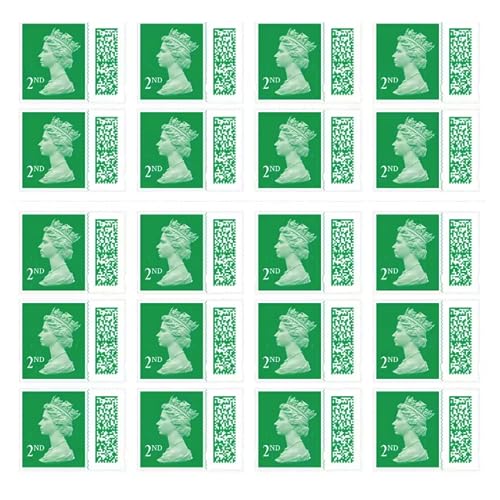The History of U.S. Postage Stamps
Stamps have been an integral part of the postal system for centuries. The first adhesive postage stamp was the “Penny Black,” released in the United Kingdom in 1840. However, the United States did not release its first postage stamp until 1847. So why was it called the “Penny Black”?
American Presidents and Their Role in Stamps
The United States government had been discussing releasing a postage stamp for years, but it was not until President James K. Polk signed the Postal Service Act on March 3, 1845, that it became law. The act mandated the use of pre-paid postage on all letters and packages.
Designing the First U.S. Postage Stamp
A design competition was held, and over 1,000 entries were submitted. The winner was an engraving of Benjamin Franklin based on a painting by the artist Joseph-Siffred Duplessis. The words “U.S. Postage” and “10c” were prominently displayed. However, the public found the design too busy, and it was replaced in 1851 with an engraved portrait of George Washington.
The First U.S. Stamp’s Name Comes from England
The first U.S. postage stamp was released on July 1, 1847, and was available in two denominations, five cents, and ten cents. However, it was initially referred to as the “Post Office Postage Stamp.” The name “Penny Black” came from the United Kingdom’s first postage stamp, which was black and cost a penny.
The Legacy of the “Penny Black” Name
The “Penny Black” name was eventually dropped in the United States, but it has become synonymous with the world’s first adhesive postage stamp. Today, postage stamps are more than just a way to pre-pay for mail. They are works of art that depict historic events, important people, and beautiful landscapes.






